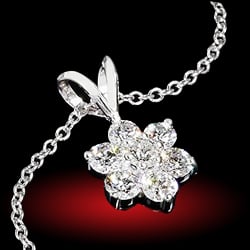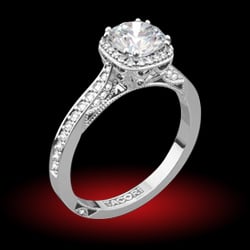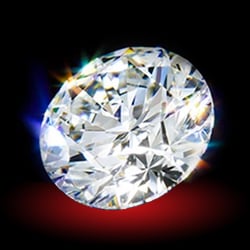Just something that crossed my mind when looking up heated sapphires at different online vendors. When a stone is accompanied by an AGL report stating 'heat only', is that the end of the story? Or is it possible there are other types of new enhancements that are undetectable or haven't been made known to anyone other than the dealers?
Just looking for some peace of mind when it comes to heated stones.
Just looking for some peace of mind when it comes to heated stones.







300x240.png)